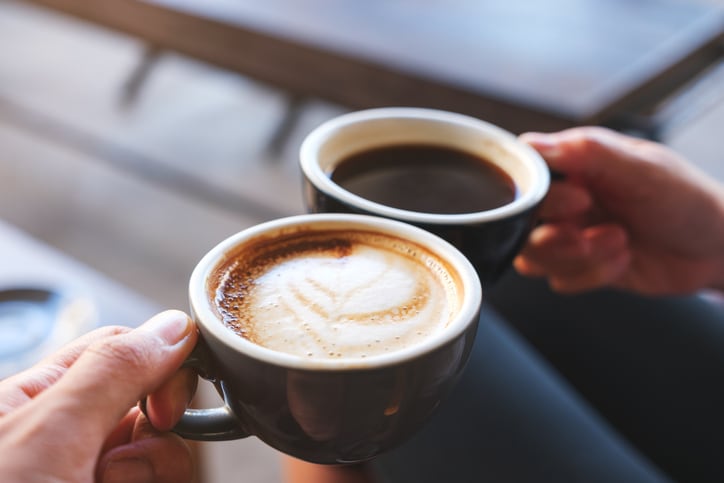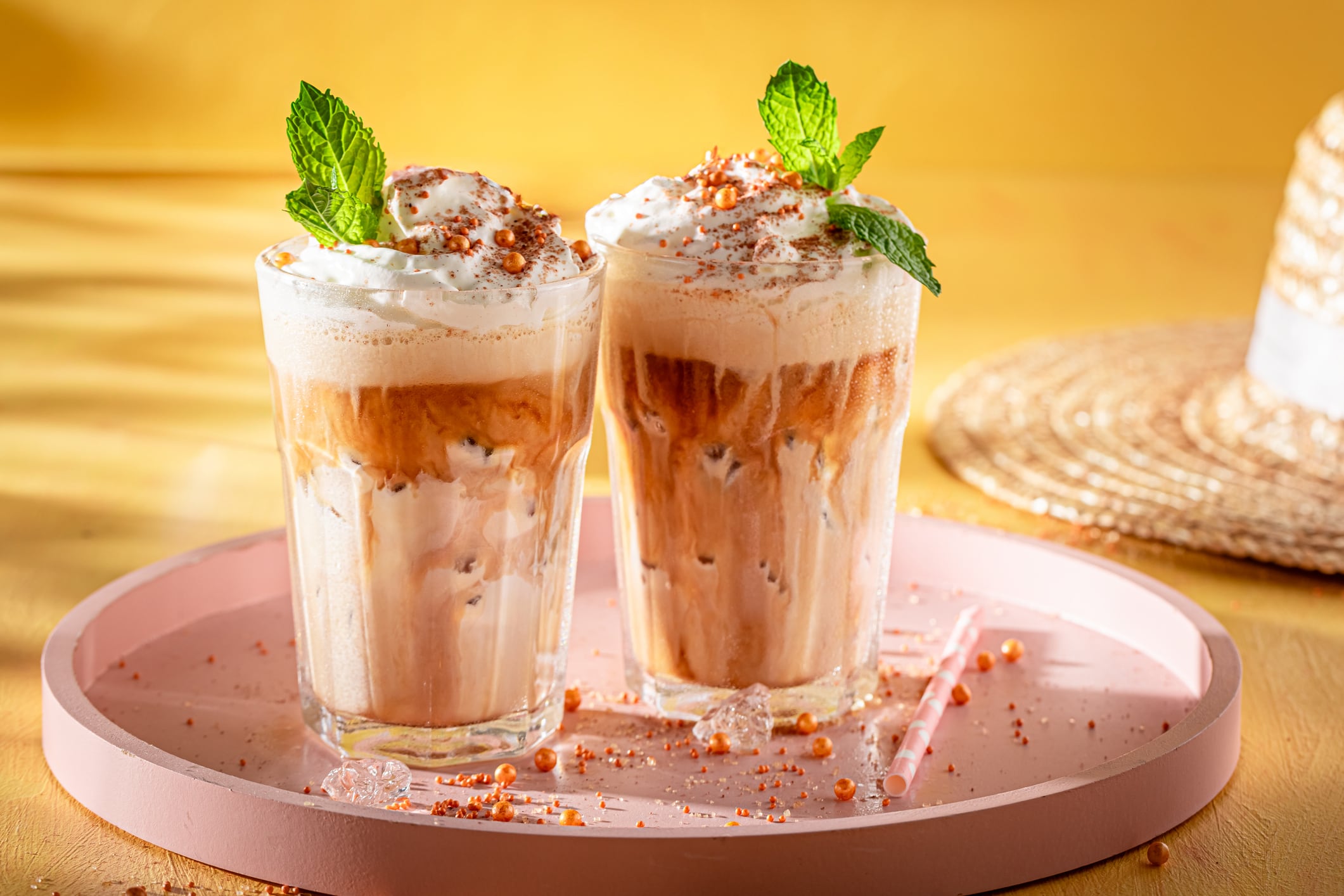Keurig Dr Pepper is acquiring JDE Peet’s for $18bn: shaking up the world’s coffee market.
The acquisition helps Keurig coffee go global. Having long held a single-serve dominance in the North American coffee market; JDE Peet’s brings global might to the new coffee entity.
The Amsterdam-headquartered company (already the world’s largest pure-play coffee company) has broad retail, out-of-home and capsule businesses across Europe, Latam and Asia-Pacific: spanning all coffee segments, channels and price points.
The combined Global Coffee Co now has a portfolio of coffee that spans L’Or, Peet’s, Jacob’s, Senseo and Douwe Egberts among others.
It’s a portfolio that’s unmatched… except by Nestlé.
Not sitting still: Nestlé’s coffee empire
Nestlé’s premium Nespresso brand - beloved by George Clooney and many others - brings in nearly $8bn in sales alone. It’s a brand that’s been a consistent strong performer globally. A retail alliance with Starbucks makes another global heavyweight.
Meanwhile, the Vertuo system of pods and machines has boomed in North America.
And Nescafé is another consistently strong global performer: with innovation going beyond its soluble coffee stronghold with innovations such as Nescafe Ice Roast Coffee and Nescafé cold concentrate.
KDP’s acquisition of JDE Peet’s makes the new Global Coffee Co the world’s largest pure-play coffee company, with around $16bn in revenues a year.
But Nestlé still outpaces this with $29.5bn in coffee revenues a year.
KDP acquires JDE Peet's
KDP will acquire JDE Peet's for $18bn
Once the acquisition is complete, the company will split into two independent entities: Global Coffee Co (with the combined coffee brands of the two companies) and Beverage Co (KDP's refreshement beverages such as Dr Pepper, 7UP and Canada Dry)
However, it’s not just about the figures.
“It is important to note that Nestlé still operates at a different level of system strength, especially with Nespresso, Vertuo, Dolce Gusto, and the Starbucks alliance,” said Gerd Müller-Pfeiffer of International Coffee Consulting.
“KDP + JDE Peet’s is strong in scale and brand breadth, yet more fragmented in capsule and system strategy. In short: yes, they are now a serious challenger, but not yet a peer in terms of brand power and single-serve ecosystem dominance.”
Outside of Nestlé, there are other players on the scene. In Europe, there’s Italian coffee giant Lavazza; in retail and out-of-home there’s Coca-Cola’s Costa Coffee. Players like UCC, Tchibo, and Strauss also remain strong in their repective focus areas.
“However, in terms of global reach and system capabilities, it will increasingly become a two-horse race between Nestlé and Global Coffee Co,” says Müller-Pfeiffer.
Coffee giants
Nestle
Headquarters: Vevey, Switzerland
Annual sales: $29.5bn in coffee
Focus: Heavyweights Nespresso, Nescafe and Starbucks retail in global markets
JDE Peet's
Headquarters: Amsterdam
Annual sales: $10.3bn
Focus: L'OR, Peet's, Jacobs, Senseo, Tassimo, Douwe Egberts
Keurig Dr Pepper
Headquarters: Texas, US
Annual sales: $4bn in coffee
Focus: Keurig coffee systems and coffee pods and Green Mountain
Lavazza
Headquarters: Turin, Italy
Annual sales: $3.8bn
Focus: European style coffee products
J.M. Smucker
Headquarters: Ohio, US
Annual sales: Total sales across food, snacks, pets and coffee $8.7bn
Focus: At-home retail coffee, including Folgers and Cafe Bustelo
Starbucks
Headquarters: Seattle
Annual sales: $36bn
Focus: The world's largest coffee shop chain
Costa Coffee (Coca-Cola)
Annual sales: $1.2bn
Focus: The world's second largest coffee chain
Coffee: an innovative, exhilarating... and tricky business
The coffee business is a powerful one. Consumers love coffee and it’s something that many incorporate into their daily routines: meaning there’s a strong cohort of regular and frequent drinkers.
In fact, two-thirds of American adults drink coffee every day according to stats from this year’s National Coffee Data Trends report.
And there’s plenty of runway for growth and, most importantly, premiumization. Consumption of specialty coffee has soared; while newer trendier innovations such as cold brew and nitro coffee and other RTD coffee innovations are keeping the category exciting and relevant, particularly with younger generations such as Gen Z.
Outside the US and other developed markets, coffee also has a promising runway for growth.
And yet, the category has its challenges. Coffee prices have reached an all-time high; and US tariffs on imports (such as 50% tariffs on coffee from Brazil, which is the world’s largest coffee producer) creates continued uncertainty.
Meanwhile, climate change threatens to shake-up sourcing: with companies looking to future-proof their supply chains.
KDP and JDE Peet’s are hoping that scale will create resilience: with a combined sourcing and procurement operation helping manage volatility.
Keurig Dr Pepper’s coffee business has not performed as well as its refreshment beverage business over the last couple of years. In FY24, net sales decreased 2.6%: the US refreshment beverage business was up 5.8%. So the acquisition of JDE Peet’s gives the coffee business a massive shake-up.
“The cold beverage business is doing really well; whereas the Keurig coffee business has been a laggard over the last couple of years,” said Kenneth Shea, Bloomberg Intelligence senior consumer products analyst, citing green coffee costs, tariffs and slowing demand for at-home pods.
“What’s KDP is trying to do, cleverly, is team up with JDE Peet’s, the number two coffee producer in the world, after Nestle, mostly big in Europe... attach the US business, and you have a pretty good entity.”
Keurig’s North American stronghold and JDE Peet’s global manufacturing footprint offer flexibility when it comes to manufacturing (Nespresso, in contrast, is manufactured exclusively in Switzerland and thus currently faces 39% tariffs when sending capsules to the US).
Why is KDP acquiring JDE Peet's?
- Complementary geographical footprint: KDP's strength is in North America, the world's largest coffee market. Amsterdam-headquartered JDE Peet's brings in global opportunities.
- Power portfolio: The combined portfolio spans all coffee segments, channels and price points
- Manufacturing footprint: The combined business has 40+ facilities around the world, accompanied by local route-to-market expertise
- Cost synergies and growth model: Around $400m in expected cost synergies
“Strategically, the KDP/JDE Peet’s deal makes sense: it creates a focused coffee champion, unlocks circa $400m in synergies, and positions KDP as a stronger global player,” said Müller-Pfeiffer.
“But execution is everything. If management cannot simplify its system strategy and deliver fast on debt reduction, Nestlé will continue to outpace them.”



